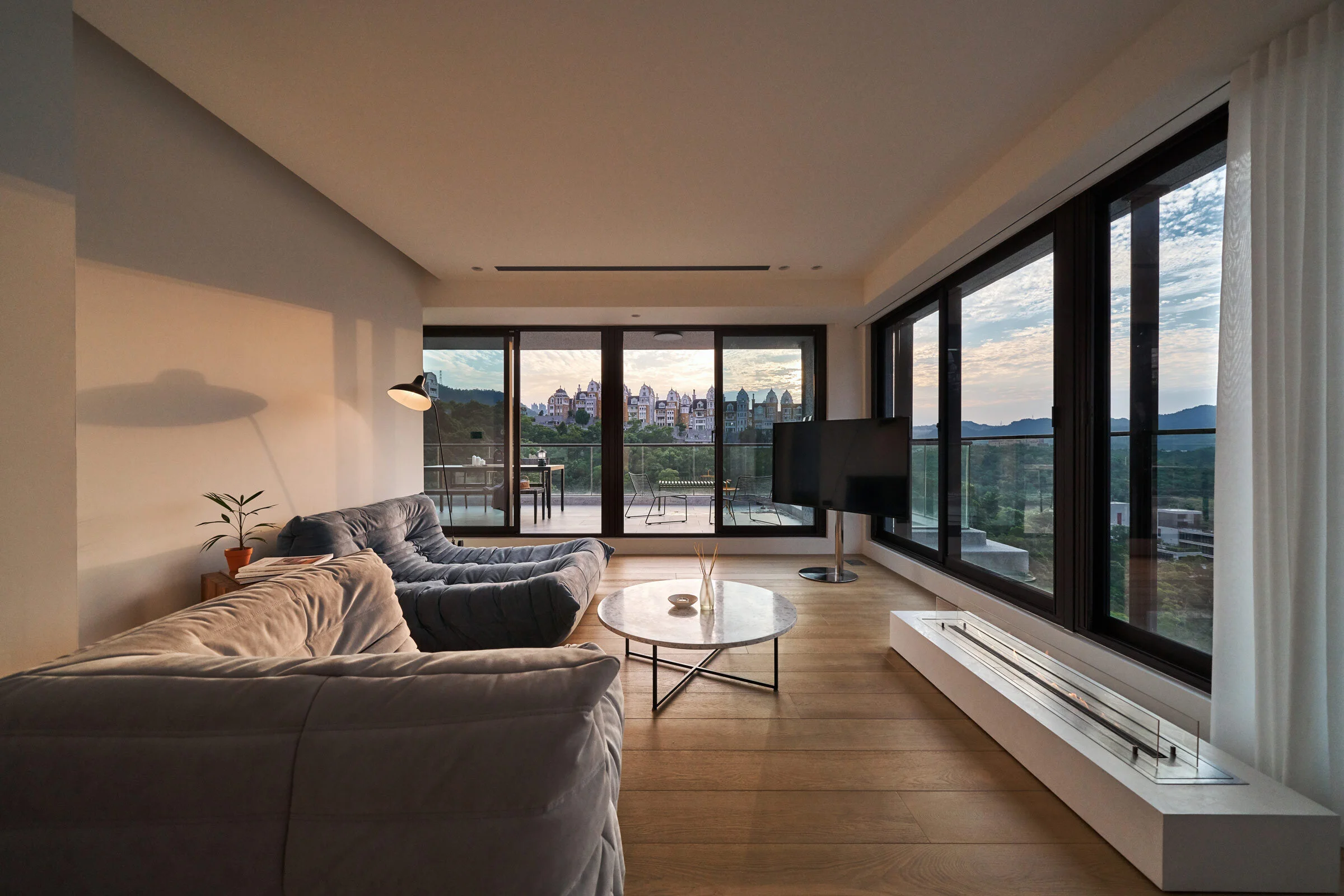A Textile Factory That Weaves Together Sustainability and Industry

In picturesque Guilin, Integral is an all-new concept that combines industry, sustainability and nature. We spoke with Guymo Wong, director and head of studio for Hong Kong-based Ronald Lu & Partners who are behind this hybrid project that marries landscape and industry
Design Anthology: How did you first meet the client?
Guymo Wong: Ronald Lu and Marjorie Yang, the chairperson of textile manufacturing company Esquel, are both alumni of MIT. We were recommended to the senior management of Esquel in 2014 and began conversations around designing a new factory in Guilin in southern China, which would include education and exhibition spaces within a hybrid concept of an industrial eco-tourism park.
What was the brief to you for the project?
Esquel’s vision is to change the traditional image of textile manufacturing by integrating conservation elements with the concept of sustainable development to form a new, ultra-modern spinning and garment manufacturing plant.
Can you tell us how this vision influenced the design?
Marjorie Yang’s business acumen is unquestionable, but what makes her unique is her passion for people. As a second-generation industrialist, she is familiar with the dehumanising history of the factory floor. Her vision for Integral was to bring dignity back to manufacturing.
As well as harnessing the power of AI to improve productivity, Marjorie’s vision was for a stimulating, dignified and aesthetically pleasing working environment. When she came across the site outside Guilin, she knew it was the right place. She saw great potential for restoration in this ‘spoiled’ land; symbolic of Integral’s greater vision to redeem an entire industry.
Esquel also believes that enterprises play a critical role in driving environmental protection, with each one of our actions affecting present and future generations. Integral was designed to minimise the burden on the environment and to embody the sustainable principles of restoring land, recycling water, replenishing resources, harmonising people and sourcing local natural materials.
What is the overall size of the project?
The project occupies over 500,000 square metres, and the total factory area for the first phase of the project is 85,000 square metres. Phase two is a Natural Dye Botanical Garden, and the remaining space will be used for future industrial, cultural and community facilities.
What’s unique about the building and the location?
Integral sits on the fringe of Guilin city and was zoned for tourism in the original planning. However, the local government wanted to create more economic opportunities for Guilin locals, so they accepted the idea of an industrial tourism showcase in the area that integrates education and tourism activities. Half of the site was spoiled by a former brick manufacturing factory that left large pits all over the site and it wasn’t being used to its full potential.
Integral is a unique project because it embodies sustainable principles. To reduce the environmental impact of the project, it combines advanced textile industry technology with an eco-tourism experience.
How did you approach the project — what was the idea behind the unique form?
The idea was to retain the site’s ecology as much as possible, including the bamboo groves, fishponds and wetlands on the north side of the site. We worked hard to restore the site’s original lake and then placed small buildings along the lakeshore, designed to echo the design of the buildings to the south yet remain in harmony with the lake.
The highest point of the entire project is only 22 metres high. We intentionally extended the main building horizontally instead of vertically in order to integrate the production workshop and craft centre with the natural environment.
Due to the massive volume of the factory buildings, we used the architectural language of ‘flying’ roofs’ and a perforated architectural envelope to make them lighter and minimise their impact on the surrounding landscape.
Can you tell us about the materiality and construction techniques?
The building materials chosen for any project are a direct representation of the culture and technology of the era. The architectural design languages borrow from local culture and materials, including the use of blue bricks and bamboo panels. We spent much time studying the local building culture, and we found that bricks and grey tiles were used in the area’s ancient villages, as was bamboo. We used these unique local bricks and recycled bamboo strips for the outer surface of the main building.
Through a considered design concept and precise techniques, we ensured that every detail of the project responds to the spirit of craftsmanship championed by Esquel Textile Factory and we planned the structures to integrate with Guilin's natural landscape.
Driven by the design concept of co-existing with and co-developing alongside the natural environment, the development strives to create a balance between nature and humanity, while ensuring the industrial advancement of society. The design of Integral is not focused on a single building. Instead, the architectural design team delivered an innovative sustainable design concept, ensuring that the local environment, topography, culture and history all come together.
Images / Wu Qingshan & Arch-Exist





















